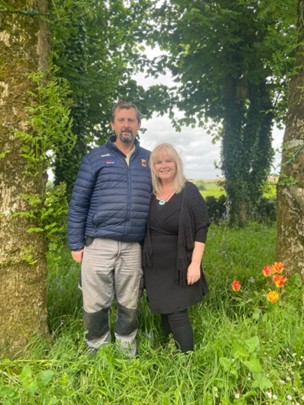Suckler Finishing
The cows are Angus x Simmental types and are currently bred to a Simmental stock bull for two main reasons.
Firstly Oliver wants to increase the carcase weights of his finished stock and secondly Oliver wants to maintain a closed herd predominately and breed his own replacements from his own cows. Maiden heifers are mated to an Angus bull, with every effort being made to calve down at 24-26 months of age.
Oliver plans his sales of finished animals booking them in with John Brennan, an agent for Slaney meats, slaughtering his cattle in two lots; April and September. Average carcase weight for the bullocks was 351kg while average carcase weight for heifers was 318 kg carcase. The ages of all animals ranged between 24.6 months to 32.4 months with the majority R grades 4 + and 4 -. Five euro sixty cent was the base price for both lots of cattle.
The big difference between Oliver and many conventional finishers is that when he is paid for his stock, large amounts of the payment is not taken out to pay for feed and fertiliser, the two biggest variable costs on drystock farms.

